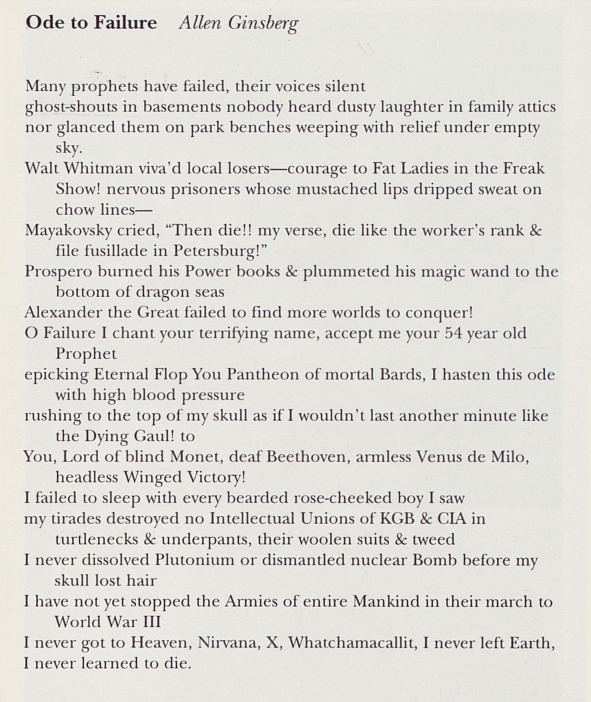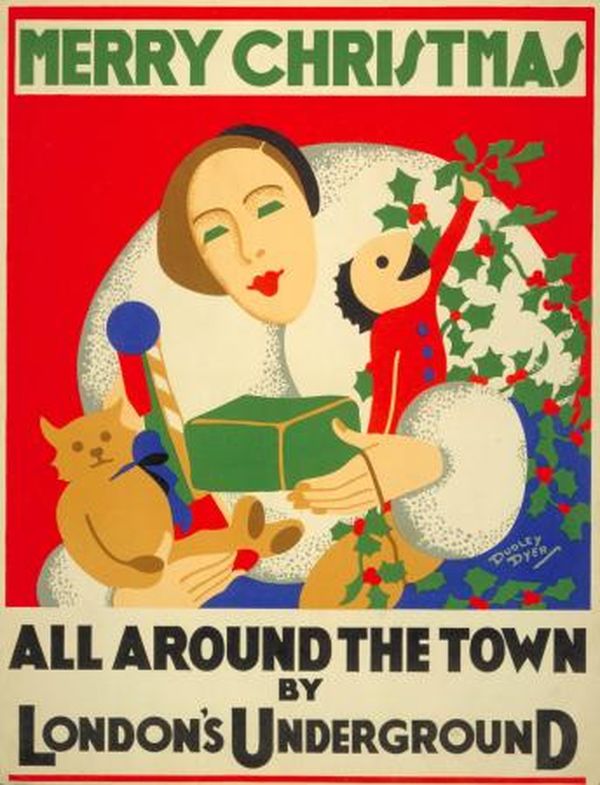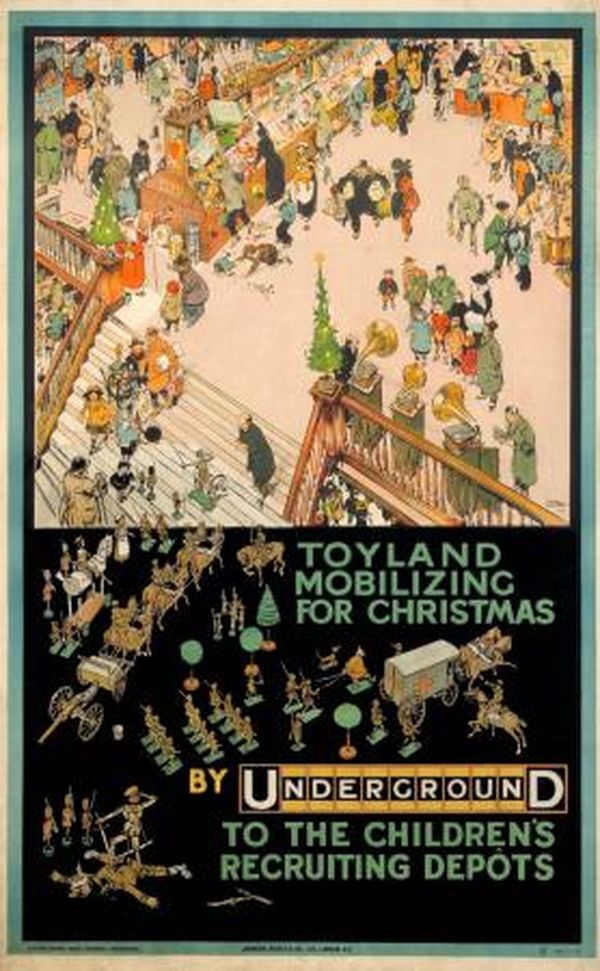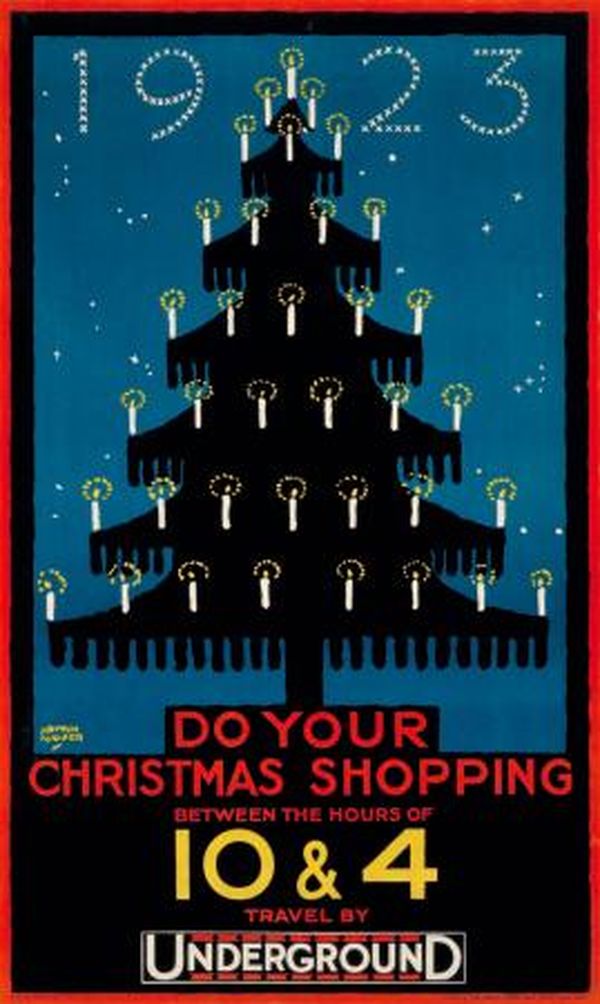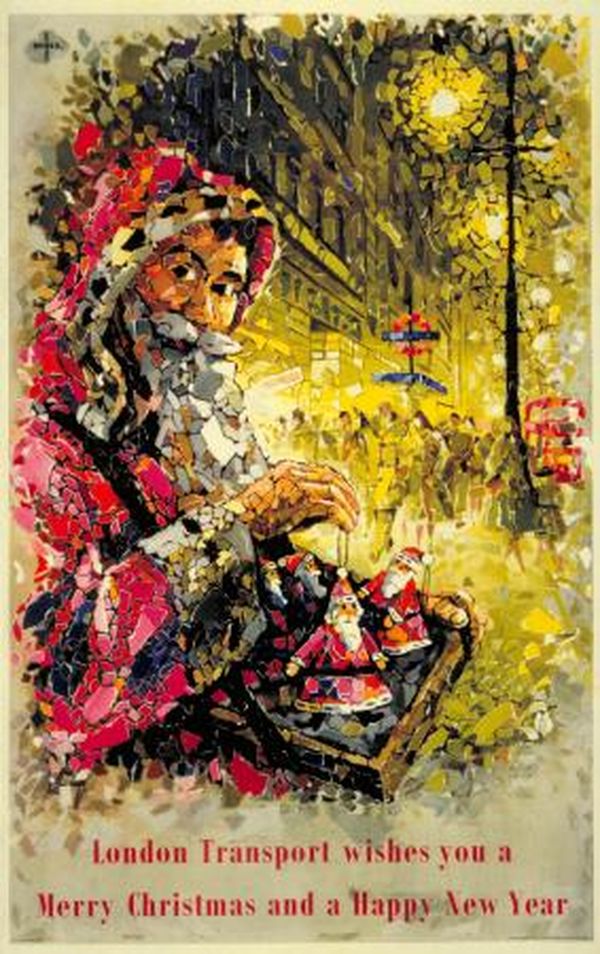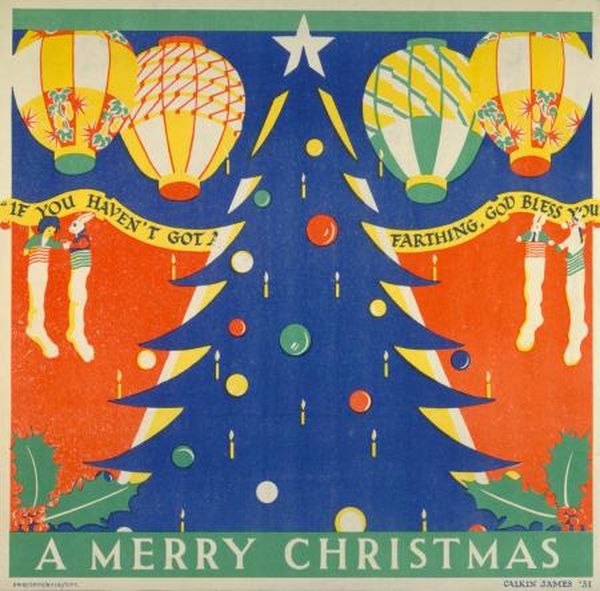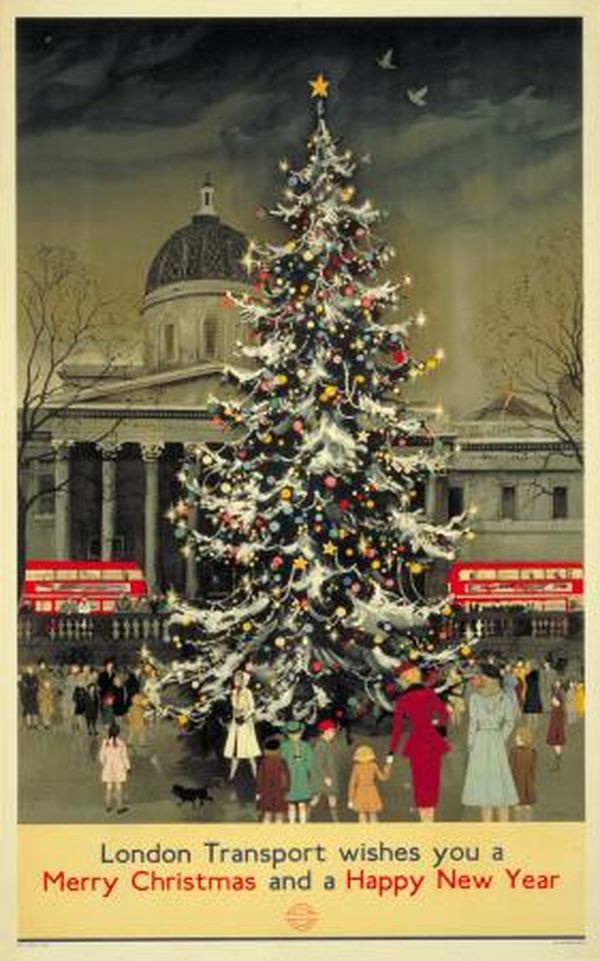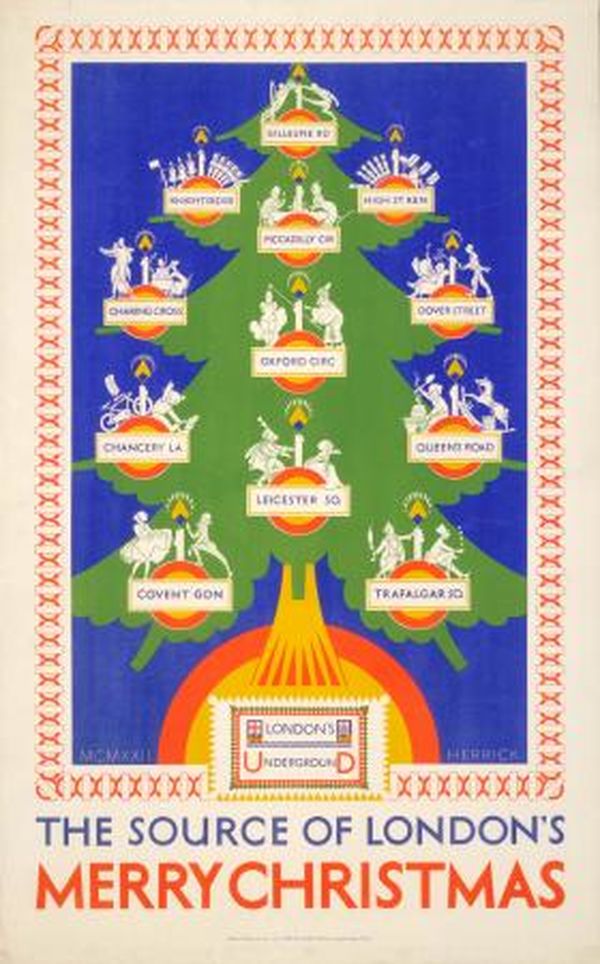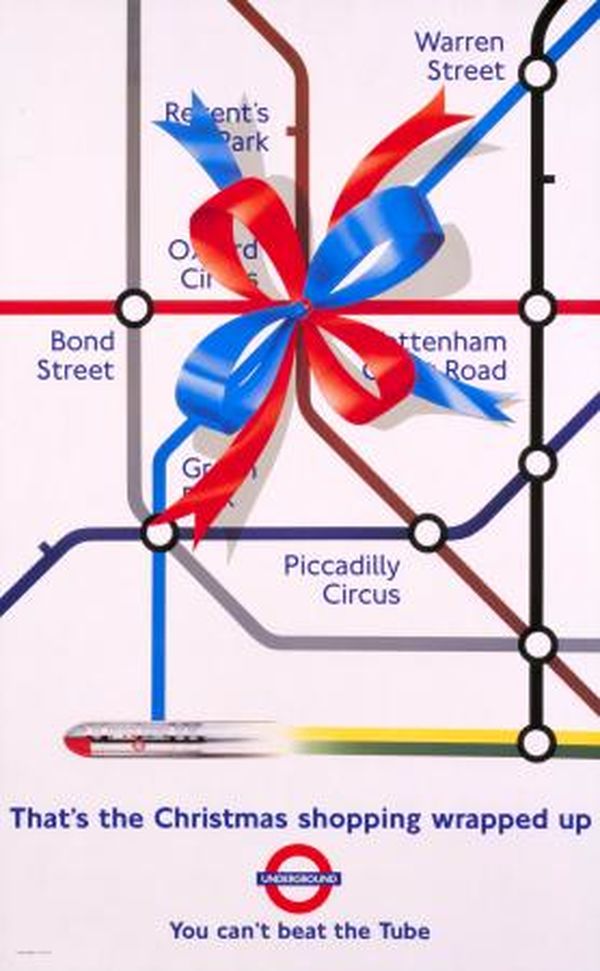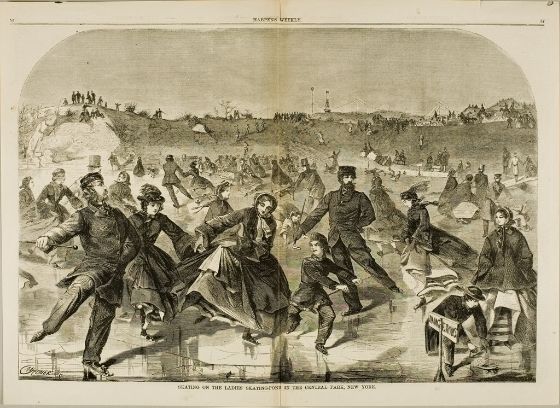
First published in 1931, The Floating Admiral was a collaborative mystery novel with individual chapters written by the members of the Detection Club, including Agatha Christie, Dorothy Sayers, G. K. Chesterton, Ronald Knox, Freeman Wills Crofts, Clemence Dane, and husband-and-wife team GDH and M Cole. At its inception, the Detection Club operated as a secret society, with a mysterious initiation rite, a bible for writing mystery stories, and possibly a blood oath. Members of the Detection Club swore to uphold the group’s genre commandments, such as:
Do you promise that your detectives shall well and truly detect the crimes presented to them using those wits which it may please you to bestow upon them and not placing reliance on nor making use of Divine Revelation, Feminine Intuition, Mumbo Jumbo, Jiggery-Pokery, Coincidence or Act of God?
Needless to say, few of the authors followed the secret society’s rules. Agatha Christie in particular routinely broke them all. Others members of the Detection Club may have adhered to the group rules too strictly and failed to grow as writers.
As you might expect, the quality of the writing in The Floating Admiral varies from clever to laughable, but these literary tag-team gimmicks rarely turn out well. Each contributor to The Floating Admiral had to write a solution to the mystery, taking into account all the clues up until the end of their chapter. These solutions were sealed up in envelopes, and none could be revealed until everyone had finished. An appendix has all of the different authors’ solutions, providing some insight into their respective thought processes.
The Floating Admiral is set in one of those bucolic English villages that we all know so well from films and BBC TV shows. The actual solving of the murder of Admiral Penistone, whose corpse is discovered floating decorously in a rowing boat, is as messy as one might expect considering the structure of the project. However, the final chapter, entitled “Clearing up the Mess”, which was written by Anthony Berkeley (author, under the name Francis Iles, of the brilliant and enduring classic Malice Aforethought), provides a cleverly complicated solution.
There are dozens of old editions of the book available in hardcover and paperback, but if you’d like to read it for free here’s a pdf version.




